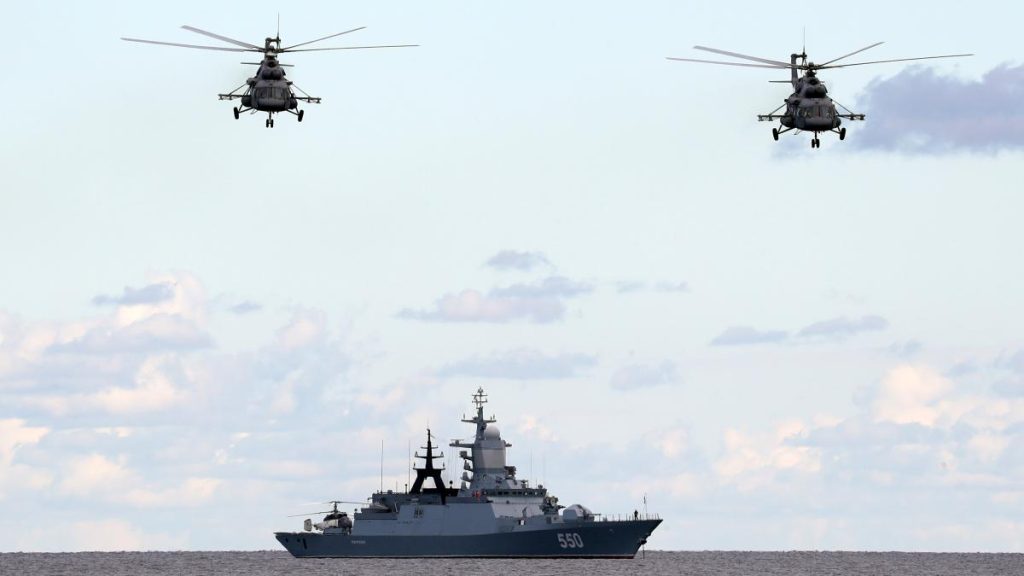The Kremlin is revising the borders in the Baltic Sea: Russia reportedly plans to adjust the sea borders in the Gulf of Finland and around the exclave of Kaliningrad. Sweden’s Army Chief is sounding the alarm and even fears an attack. Russia aims to change the boundaries in the Baltic Sea according to a draft resolution of the Russian government reported by the “Moscow Times”. The document intends to declare water areas in the Gulf of Finland and near the cities of Baltijsk and Selenogradsk in the Kaliningrad region as inland waters. Changes in sea borders are listed in the document prepared by the Ministry of Defense. These include sea borders near the Finnish islands of Jähi and the Russian islands of Sommers, Gogland, Rodsher, Maly Tjuters, Vigrund, as well as near the northern entrance of the Narva River which separates Russia from Estonia. Further adjustments are planned in the exclave of Kaliningrad affecting Lithuania and Poland’s sea borders around the Curonian Spit, Cape Taran, and the Frische Spit.
The current geographic coordinates set by the USSR Council of Ministers in 1985 supposedly do not completely correspond to the current geographical situation, as quoted by the “Moscow Times” from the draft. Hence, it is necessary to redefine the so-called baseline. Baselines, such as between two islands, separate an inland water from the coastal sea. Based on the altered baselines, Russia plans to adjust the sea borders as mentioned in the report. Russia denied the plans to change its borders in the Baltic Sea according to reports from the Interfax news agency citing a source from the military-diplomatic sector. State news agencies Tass and RIA also reported on the denial. Finland expressed concern while Sweden fears an attack. Finland’s authorities are investigating information in Russian media, stated President Alexander Stubb, emphasizing that Russia has not contacted Finland regarding the issue. Foreign Minister Elina Valtonen urged Russia to adhere to the United Nations conventions and International Law of the Sea.
Sweden, following Finland’s lead, joined NATO after the Ukraine conflict. Apart from the eastern Gulf of Finland and the area off the coast of Kaliningrad, the Baltic Sea is now under the control of the defense alliance. Concerns in Sweden arise from the fear that Russian President Vladimir Putin may not accept this. The Commander-in-Chief of the Swedish Armed Forces, Micael Byden, stated that he believes Putin has his eyes on Gotland, a Swedish island in the Baltic Sea, with around 60,000 inhabitants. Byden warned that if Russia takes control and blockades the Baltic Sea, it would have significant implications for the safety of Sweden and other countries bordering the Baltic Sea. Gotland could be a strategic location for Sweden to assist other NATO countries in the region.
Byden also warned of a potential environmental catastrophe caused by old Russian oil tankers in the Baltic Sea. He expressed concerns that Russia could create an environmental disaster near European shores, potentially using these tankers for covert military operations against NATO. Byden emphasized the danger posed by these tankers and their potential use for espionage, transport, or underwater sabotage. He stressed the need to prevent the Baltic Sea from becoming a playground for Putin, leading to destabilization in the Nordic and Baltic regions. The situation remains tense as Russia denies the plans to shift the borders in the Baltic Sea, while Sweden and Finland remain vigilant and prepared for any potential threats.


